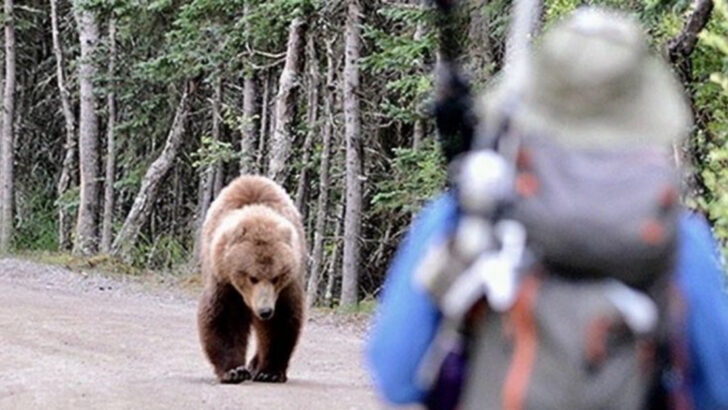Fear doesn’t just live in your head—some animals smell it, see it, and chase it. To a shark or a wolf, fear can scream louder than words. It tells predators you’re unsure, unsteady, and maybe just slow enough to catch. And for a few creatures? That twitchy panic is practically an invitation. But not every animal runs toward fear—some use it like a magician’s trick. They fake death, puff up, or flash bright colors to startle predators before things get ugly. This is where survival turns theatrical—and instincts meet strategy. From blood-sensing sea hunters to drama-queen reptiles, meet the animals who either target your fear—or use it to win.
Sharks
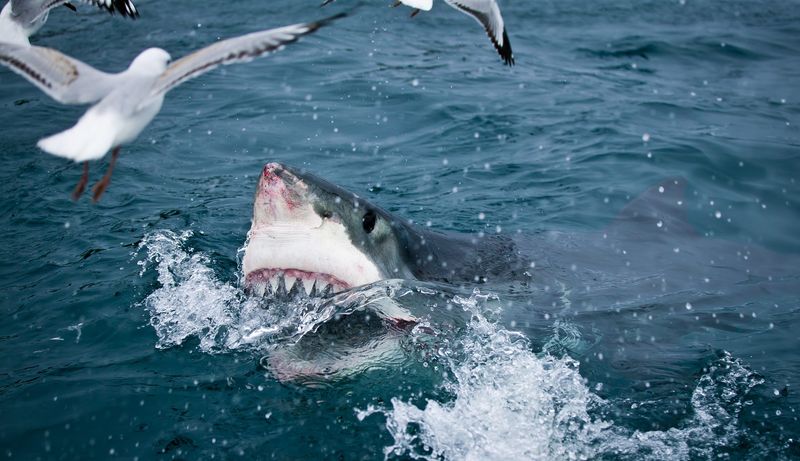
Sharks have an uncanny ability to detect the tiniest amounts of blood in the water. This ability is so refined that some scientists believe they could potentially sense stress-related chemicals emitted by frightened prey. In essence, a panicking fish or bleeding creature is more likely to attract a shark’s attention. It’s a chilling reminder of the ocean’s primal dance of predator and prey. Sharks constantly patrol their aquatic territories, honing in on vulnerabilities. Even the slightest hint of distress can make a creature a target for these apex predators. In the deep blue sea, fear can be a dangerous scent.
Dogs

Dogs, especially those that are aggressive or untrained, have a keen sense of human body language. When a person shows fear through nervous gestures or trembling, it can trigger an aggressive response. This is why trainers emphasize calmness when approaching unknown dogs. Dogs are incredibly intuitive and can pick up on emotional cues, sometimes amplifying their behavior based on misinterpreted signals. The way a person’s energy resonates can change a canine’s demeanor entirely. In a world where dogs are both companions and protectors, understanding this dynamic is crucial for harmonious interactions.
Big Cats (Lions, Tigers)

In the wild, the majestic big cats such as lions and tigers are instinctively driven by the chase. When prey panics and flees, it stimulates their predatory reflexes. This behavior is deeply rooted in survival instincts that compel them to pursue and capture. Their powerful bodies are built for speed, turning a moment of fear into a race for life. These creatures of the wild are masters of the hunt. The sight of a panicked herd sets off a chain reaction, transforming fear into a catalyst for the chase. In the animal kingdom, fear can be the ultimate trigger.
Bears
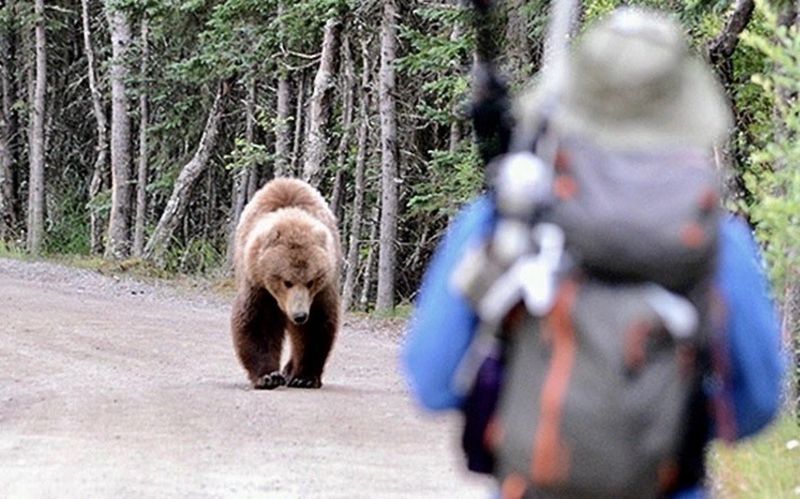
Bears are often misunderstood giants of the forest. When humans encounter them, sudden movements or panicked responses can escalate the situation. Staying calm is often advised to de-escalate potential threats. These formidable animals are highly perceptive and can gauge the intentions of other beings. A serene demeanor might just save a life. Bears, though imposing, often prefer to avoid conflict unless provoked. The key lies in understanding their nature and maintaining composure. In the vast wilderness, where humans and bears cross paths, fear management becomes a crucial skill for safety and peace.
Wolves
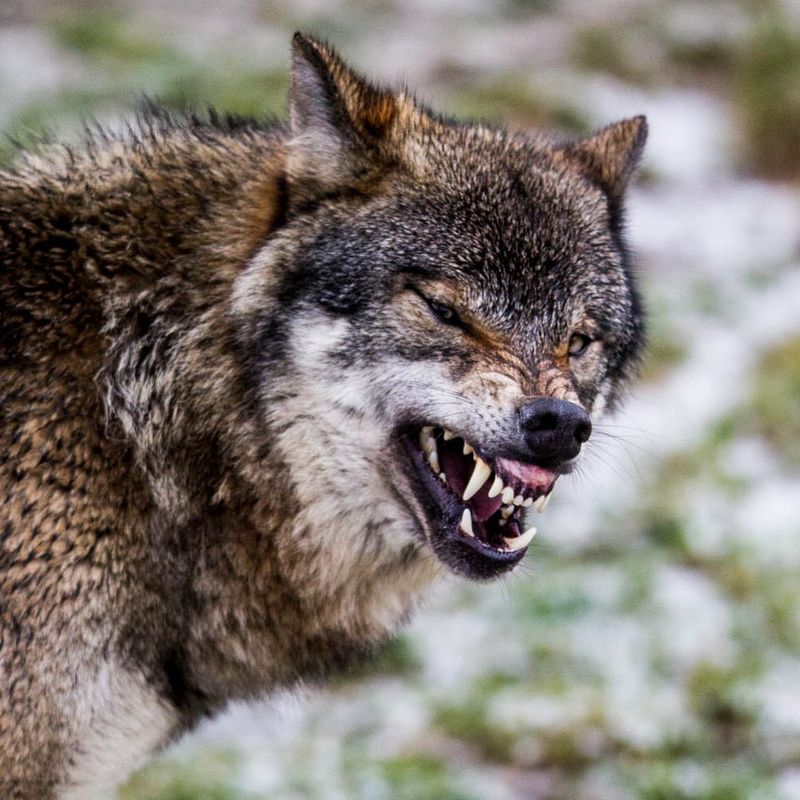
Wolves are strategic pack hunters, expertly identifying the weak or fearful members of a herd. When fear surfaces among prey, it signals an opportunity for wolves to strike effectively. Their coordinated efforts and keen senses make them formidable predators. A trembling deer or isolated animal becomes the prime target. In the snowy wilderness, a wolf pack’s success depends on reading and responding to fear signals. Wolves embody the power of unity and strategy, leveraging the emotions of their prey. Nature’s balance is maintained through such calculated interactions where fear dictates survival.
Snakes
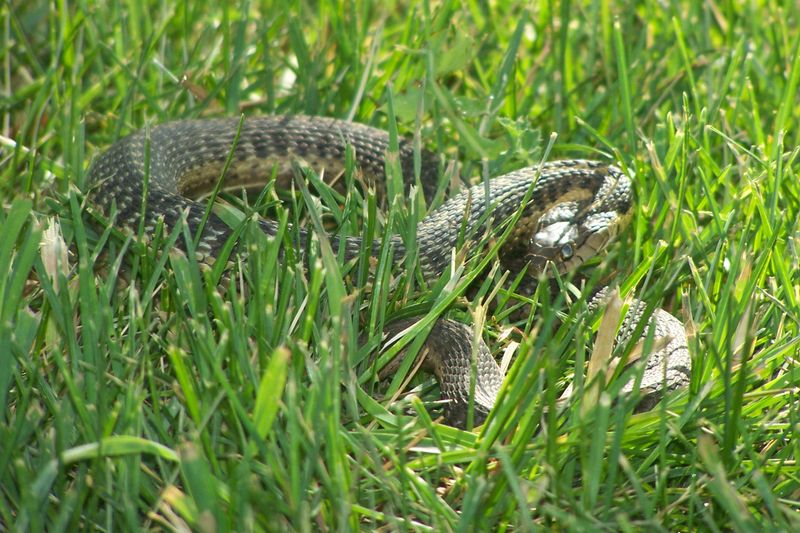
Snakes, with their unblinking gaze and silent movements, are often misunderstood. While they aren’t drawn to fear, erratic behavior from potential threats can trigger defensive responses. Sudden movements or aggressive actions can provoke a bite, which is usually a snake’s last resort. Their survival strategy relies on staying hidden and avoiding conflict. In the wild, a calm approach can prevent unintended encounters. Snakes, despite their reputation, are more interested in self-preservation than aggression. Understanding their behavior is key to co-existing peacefully with these elusive reptiles in nature’s tapestry.
Mosquitoes
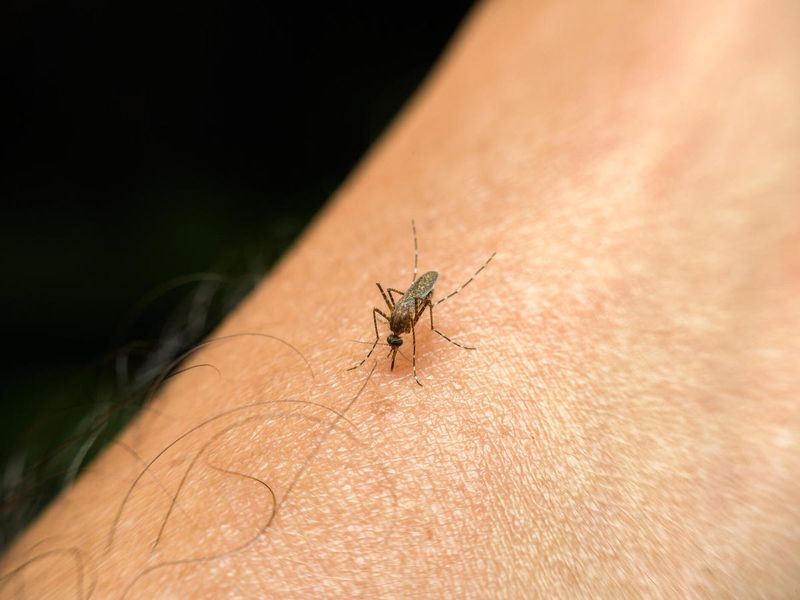
Mosquitoes are tiny yet formidable nuisances, particularly drawn to stressed humans. Increased body heat and carbon dioxide output make stressed individuals more attractive to these insects. On a warm summer night, the constant buzz of mosquitoes can be relentless. They zero in on their targets with precision, using fear-induced signals as a homing beacon. This behavior ensures their survival and proliferation. In the battle against mosquitoes, understanding their attraction to stress can help in developing better repellents. These tiny creatures exploit fear to sustain their existence, buzzing through the night with determination.
Crows
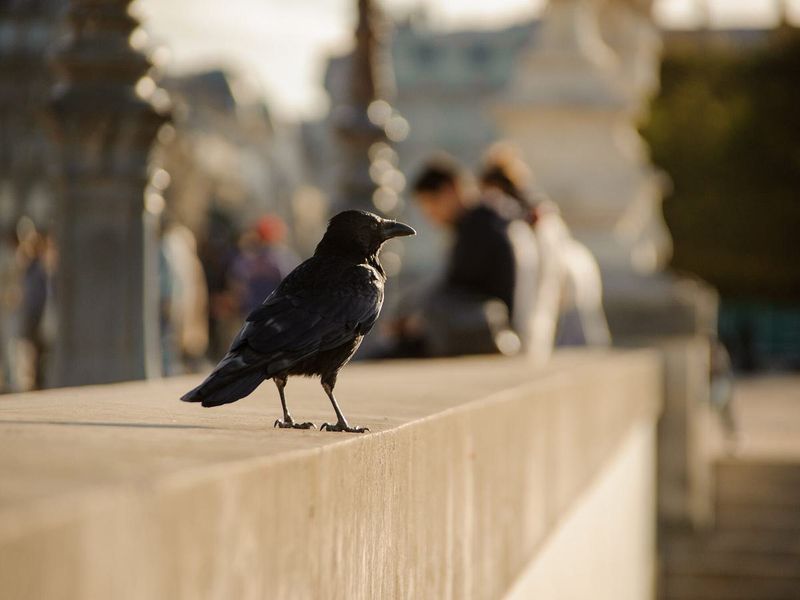
Crows are known for their intelligence and observant nature. If a person acts suspiciously or fearfully around them, they remember and may target that individual in the future. These birds are renowned for their memory and problem-solving abilities. Their keen observational skills allow them to navigate complex social interactions. In urban areas, crows have adapted to human environments, watching and learning from our behaviors. Their ability to recall faces and associate them with experiences sets them apart in the avian world. Crows remind us of the intricate dance between human fear and animal intelligence.
Spiders (Certain Jumping Spiders)
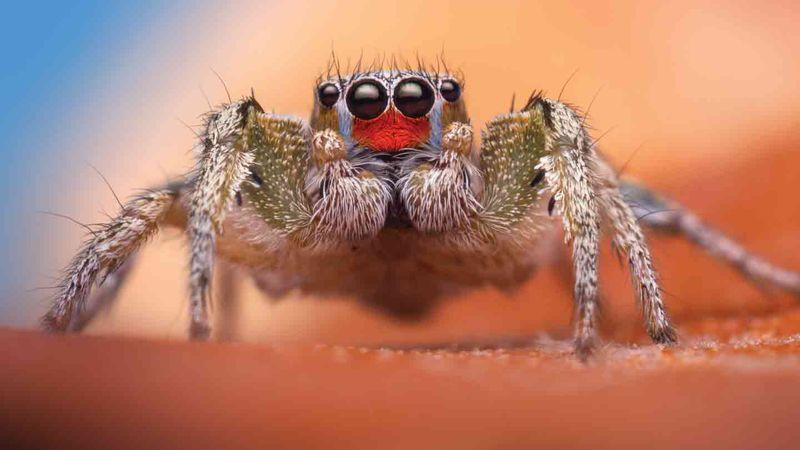
Jumping spiders, with their large, forward-facing eyes, are adept at tracking motion. When they perceive erratic behavior, they may interpret it as a threat or opportunity. Their ability to leap and their keen vision make them formidable hunters in the micro-world. Fearful or sudden movements can elicit a defensive stance. These tiny arachnids are masters of their domain, embodying a blend of curiosity and caution. In the delicate balance of nature, spiders play a critical role, often misunderstood. Their interactions remind us of the complex web of life where every action has potential consequences.
Opossum
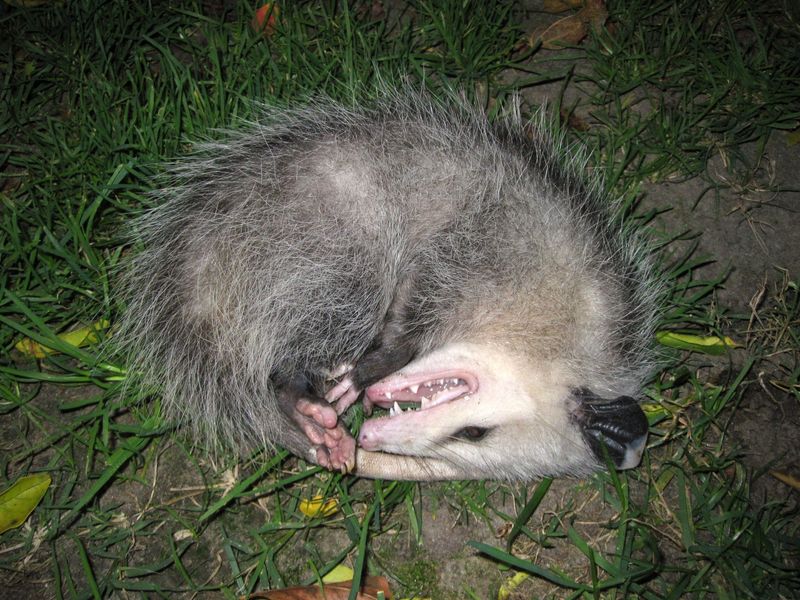
Opossums have perfected the art of playing dead, a behavior known as thanatosis. This act is a survival mechanism designed to deter predators by feigning death. When threatened, an opossum collapses, emitting a foul odor to enhance the illusion. This strategy confuses predators, allowing the opossum to escape unharmed. In the twilight hours of the forest, this act becomes a lifeline. Opossums are often overlooked in the animal kingdom, yet their unique defense highlights the creativity of nature. Their dramatic performances are a testament to the power of instinctual behavior in the face of fear.
Hognose Snake
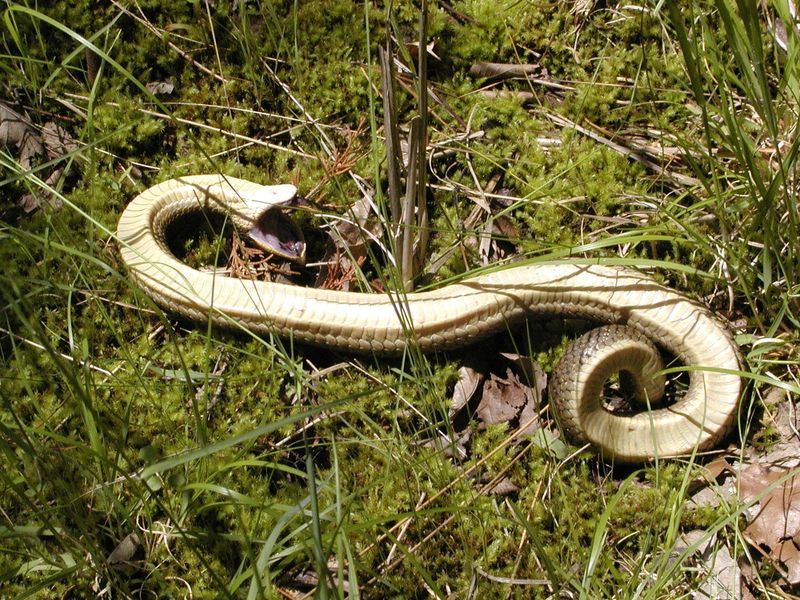
The hognose snake is not just an ordinary serpent; it’s a master of melodrama. When threatened, it performs an elaborate death act, complete with a convincing odor. This theatrical display deters predators and earns it a unique place in the reptile world. After the threat passes, the hognose revives and slithers away. This behavior highlights the snake’s adaptability and survival instincts. In the sun-dappled woods, it plays its role to perfection. The hognose snake’s performance is a fascinating example of nature’s ingenuity, using fear as both a shield and a tool for escape in the wild.
Frill-Necked Lizard
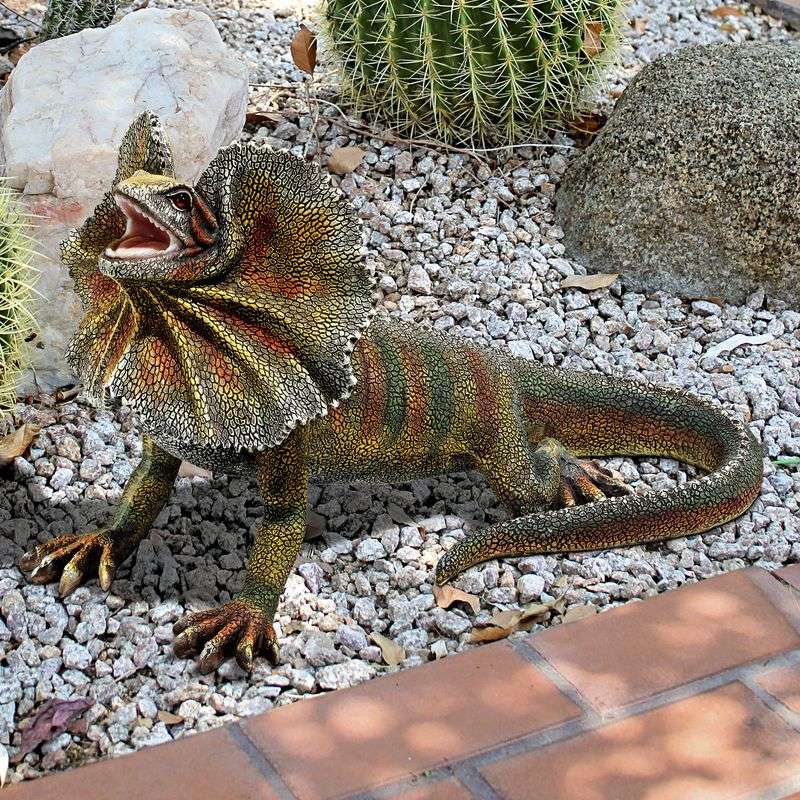
In the arid landscapes of Australia, the frill-necked lizard reigns supreme with its dramatic displays. When threatened, it unfurls a large, colorful frill around its neck, accompanied by a menacing hiss. This sudden transformation startles predators and creates a formidable illusion of size. In the scorching desert sun, this lizard’s tactics are both defensive and deceptive. The frill-necked lizard showcases nature’s flair for theatrics, using fear to turn the tables on would-be attackers. Its performances in the wild serve as a reminder of the diverse strategies employed by animals to navigate the challenges of survival.
Cuttlefish
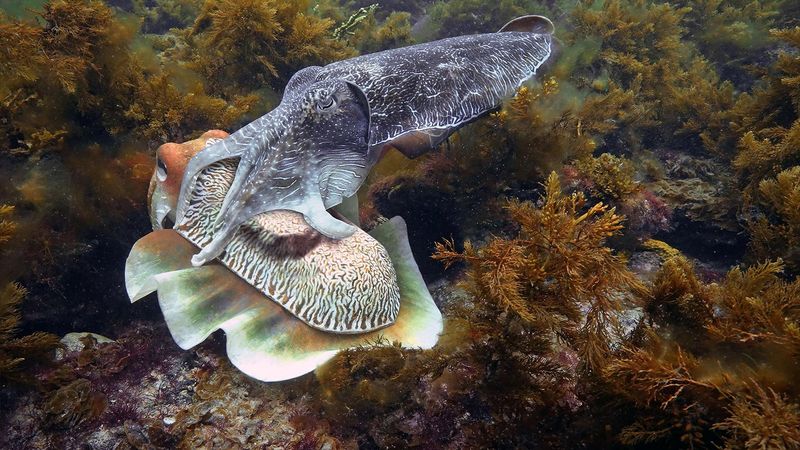
Cuttlefish are the chameleons of the sea, using rapid color changes to outwit both predators and prey. This mesmerizing display can confuse threats and create opportunities for escape. In the underwater realm, their vibrant patterns flicker like a living kaleidoscope, captivating the marine world. Cuttlefish are masters of camouflage, adapting effortlessly to their surroundings. This ability to manipulate fear and perception is a testament to their intelligence and adaptability. Beneath the waves, cuttlefish orchestrate a silent symphony of colors, showcasing the artistry of survival in a constantly changing environment.
Pufferfish
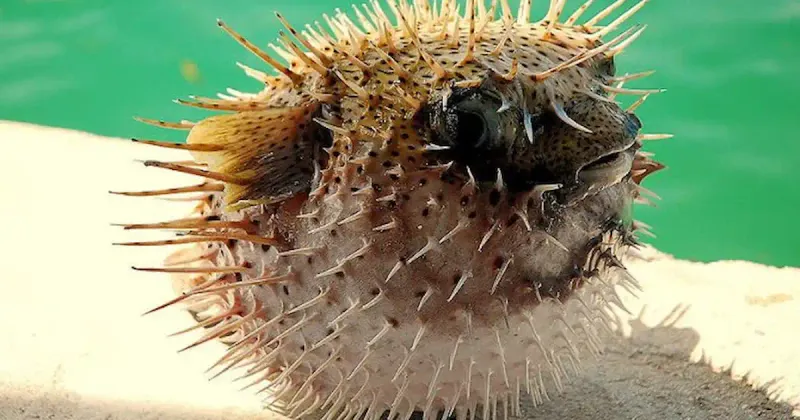
Pufferfish are nature’s balloons, inflating their bodies dramatically when threatened. This sudden transformation startles predators, making them think twice before attacking. In the coral reefs, these fish leverage their unique ability to deter danger. With an appearance that shifts from ordinary to extraordinary, pufferfish redefine defense mechanisms. This inflatable prowess is a reminder of nature’s creativity in problem-solving. Beneath the ocean’s surface, the pufferfish’s strategy showcases the balance of fear and survival, demonstrating how even the smallest creatures can wield fear as a powerful weapon in the underwater world.
Skunks
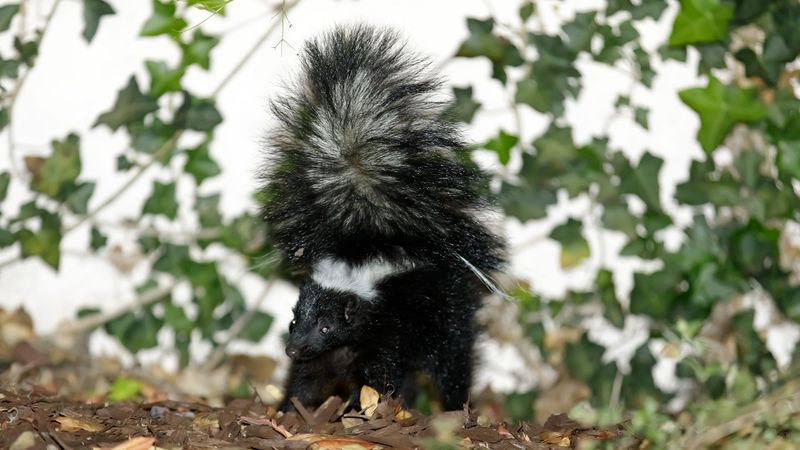
Skunks are infamous for their potent defense mechanism: a noxious spray. When threatened, they raise their tails as a warning, creating fear even before releasing their scent. This preemptive tactic often wards off potential predators. In the twilight of the forest, a skunk’s tail becomes a banner of caution. Skunks exemplify how fear can be used as a deterrent, turning the tables on aggressors. Their ability to manipulate fear highlights the delicate interplay of survival strategies in the animal kingdom. The skunk’s reputation is well-earned, standing as a symbol of defensive prowess.

